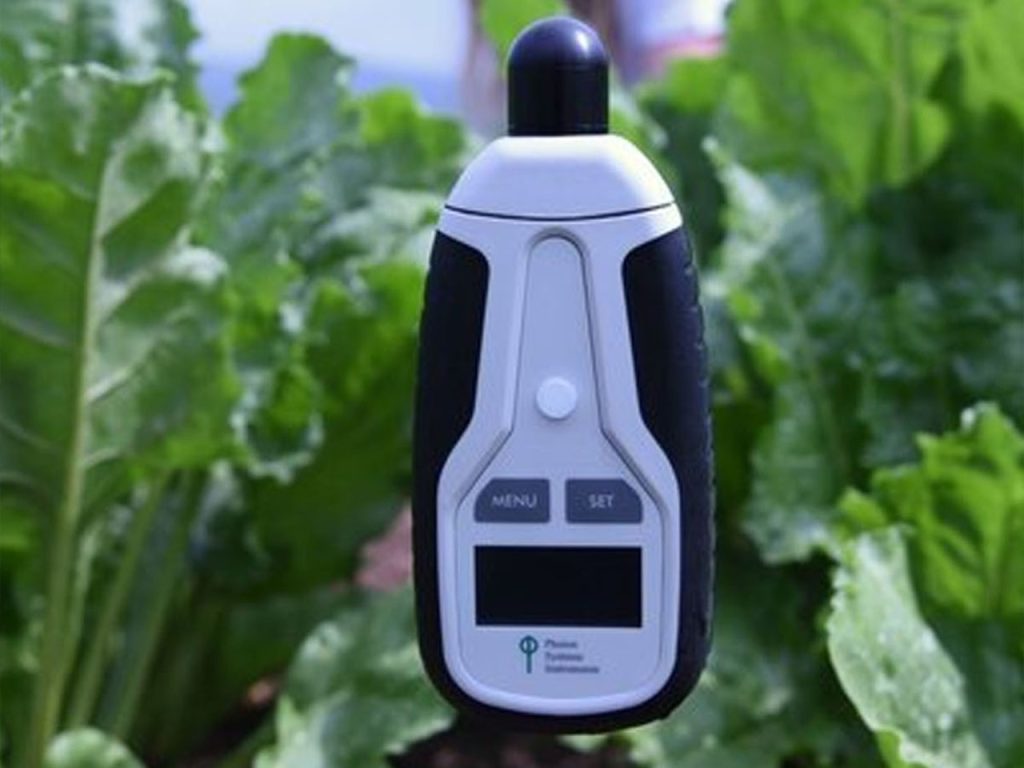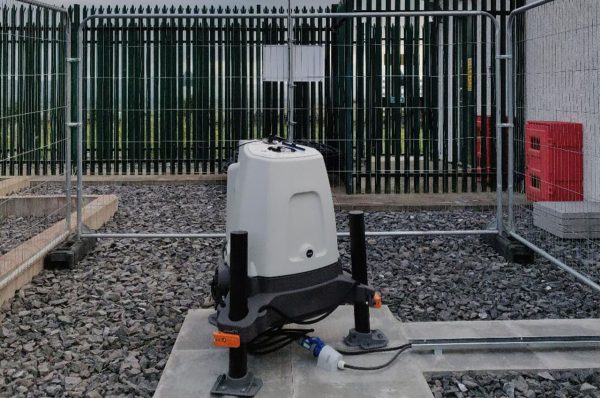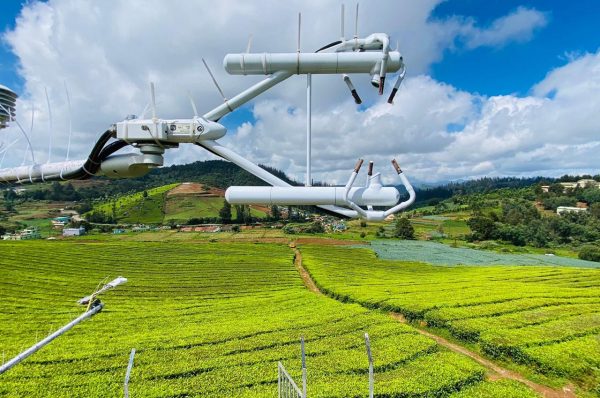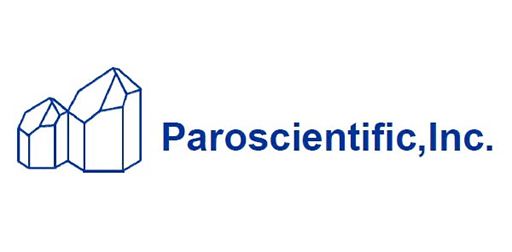In today’s rapidly evolving world, the need for accurate and efficient environmental monitoring has never been greater. One technology that is revolutionizing this field is laser scanning. Laser scanning, also known as LiDAR (Light Detection and Ranging), offers unparalleled precision and versatility in capturing detailed 3D data of the environment.
Laser scanning technology utilizes laser beams to measure distances to objects, creating highly accurate point cloud data. This data can then be used for various environmental monitoring applications, including topographic mapping, vegetation analysis, infrastructure monitoring, and more.
One of the key advantages of laser scanning is its ability to capture large areas quickly and accurately. Traditional surveying methods can be time-consuming and labor-intensive, especially for large-scale projects. Laser scanning streamlines this process, allowing for rapid data acquisition with minimal manpower.
Furthermore, laser scanning provides a level of detail that is unmatched by other methods. It can capture fine-scale features with high precision, making it ideal for applications such as monitoring land surface changes, detecting vegetation growth patterns, and assessing the impact of natural disasters.
Another benefit of laser scanning is its non-invasive nature. Unlike traditional surveying techniques that may require physical contact with the environment, laser scanning can be performed remotely. This minimizes disturbance to the natural habitat and reduces the risk to personnel, making it an environmentally friendly option for monitoring sensitive ecosystems.
In addition to its applications in environmental monitoring, laser scanning also plays a crucial role in various other industries, including urban planning, civil engineering, archaeology, and more. Its versatility and accuracy make it an invaluable tool for gathering spatial data in a wide range of contexts.
As technology continues to advance, the potential of laser scanning in environmental monitoring will only grow. By harnessing the power of this innovative technology, researchers and practitioners can gain deeper insights into our changing planet and develop more effective strategies for conservation and sustainable development.
In conclusion, laser scanning represents a game-changing tool in the field of environmental monitoring. Its ability to capture detailed 3D data quickly, accurately, and non-invasively makes it indispensable for a wide range of applications. As we continue to leverage the capabilities of laser scanning, we move closer to a future where environmental monitoring is more precise, efficient, and effective than ever before.












